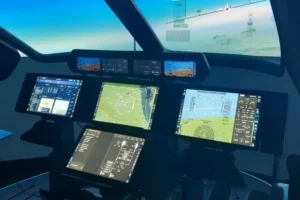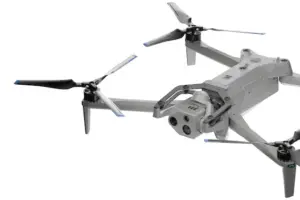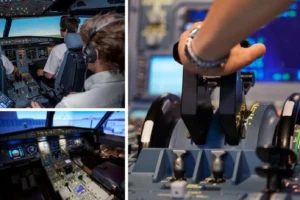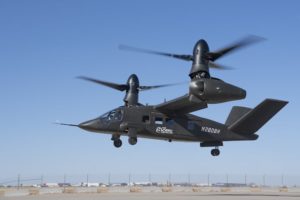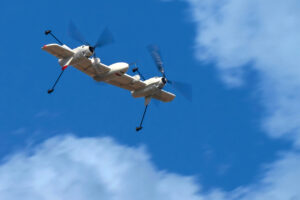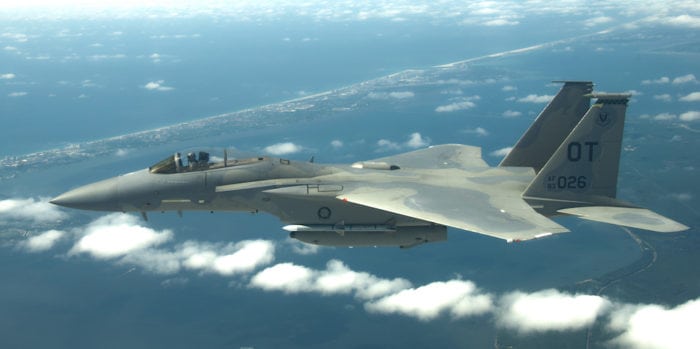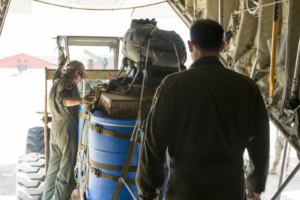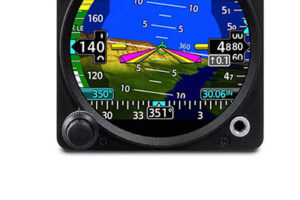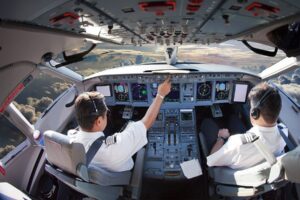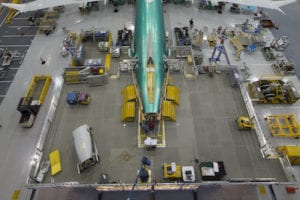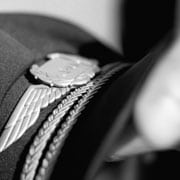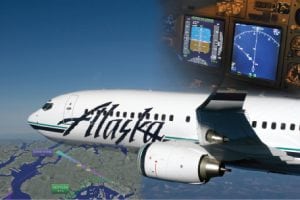NASA Readies DC-8 Flying Lab for Second ‘ATom’ Flight
By S.L. Fuller | January 27, 2017
Send Feedback
NASA’s Douglas DC-8 is set to carry more than 20 scientific instruments around the world, NASA says. In an effort to conduct its second atmospheric survey, a NASA science team plans to measure more than 200 gases, as well as airborne particles, onboard the flying laboratory.

NASA DC-8 airplane. Photo: NASA
The first Atmospheric Tomography (ATom) mission flew in July and August 2016. It aims to make a worldwide survey of seasonal transformations in atmospheric gases by flying from the Northern Hemisphere to the Southern Hemisphere. In wintery conditions, gasses and air pollutants accumulate in the atmosphere in a dormant state. In summery climates, they come back to life.
Flying, of course, gives the science team better access to the intricacies of the atmosphere. The airplane is to fly from 500 feet above the ocean surface to up to 35,000 feet. It’s set to make nine stops over the course of 28 days. The Douglas DC-8 should depart California, en route for the North Pole. From there, it should fly to the tropics, then to the Southern Ocean around Antarctica. It would then be set to make its way across to the southern tip of South America, then north over the Atlantic Ocean and across the Arctic Ocean to get back to Alaska, ultimately returning to California.
Funded by NASA’s Earth Venture program and managed by the Earth Science Project Office at NASA’s Ames Research Center, ATom comprises four deployments. It’s supported from all sides by more than 100 scientists, engineers, flight crewmembers and staff from government agencies and universities.


